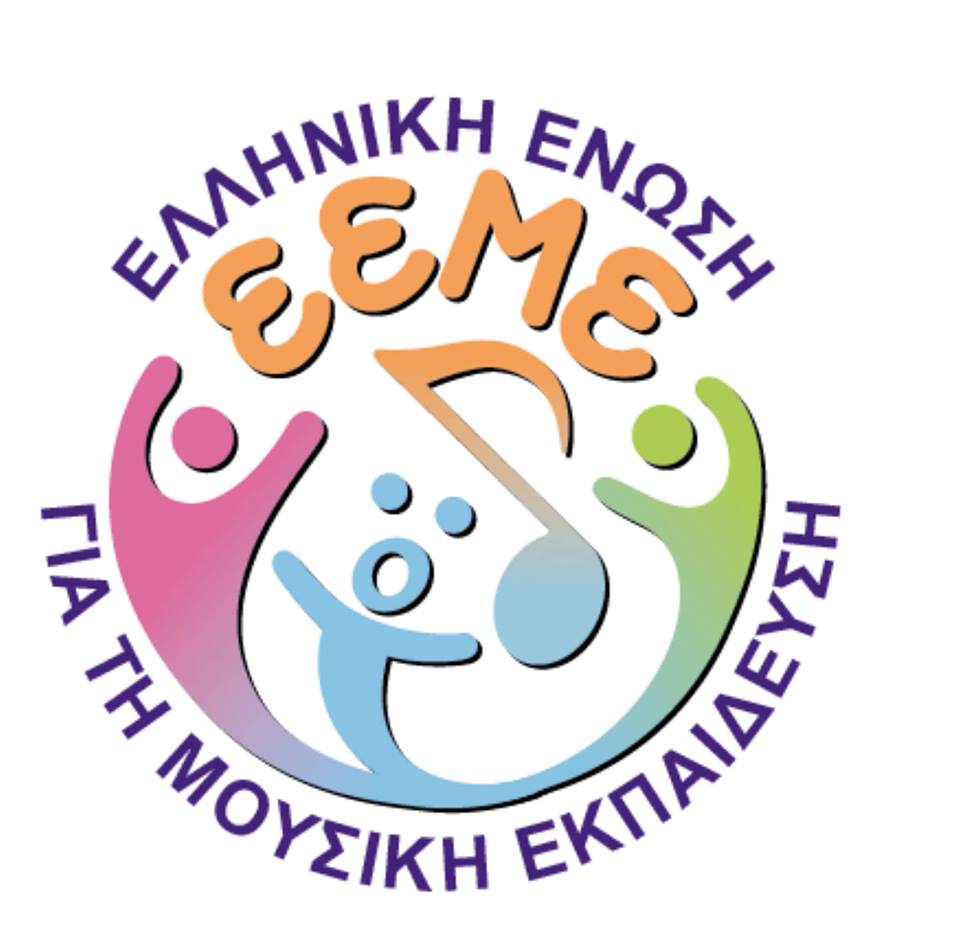Contents:
1) Dimitra Koniari: Music, Brain and Music Education.
2) Lelouda Stamou: Qualitative Research in Music Education.
3)Georgia Markea: The Piano Teacher and the Making of the Talented.
4) Johanella Tafuri: Learning together through research method.
5) Nancy Toubakari: Connecting music teaching with plastic arts teaching (From the conjectural work to the composition of music).
6) Lelouda Stamou: An approach for leading secondary education students to the understanding of a musical work.
7) Eva Pavlidou: Soap-Bubbles and Fairies.
Abstracts:
1)Dimitra Koniari
Music, Brain and Music Education
Studies on the neuronal bases of music listening and processing have been recently improved with the use of neural imaging methods such as PET, fMRI, MEG and EEG. Results from these studies show that brain activation patterns during music listening and processing are different in musicians compared to non-musicians. Music education leads to an increased activity of the brain over the regions of the left and right hemisphere and influences the functional organisation of the human auditory cortex. This paper a) reviews briefly theoretical and experimental issues on the brain specialisation and functional organization for the cognitive operations related with music listening and processing and b) speculates on the importance of music education for the development of interhemispheric brain networks, which could enhance and balance the function and contribution of both hemispheres in daily life cognitive and perceptual-motor skills.
2)Lelouda Stamou
Qualitative Research in Music Education
The educational research community in Europe and the USA had, for decades, aligned wit the ideals of natural sciences. In the last few years, however, researchers realize that the effort to quantify the educational reality in order to study it has its own problems and disadvantages. Researchers from the international research community are becoming increasingly interested in the theory and practices of qualitative research. This paper aims at presenting the basic qualitative approaches in music education, and discussing issues of reliability, validity and generalizability related to them. Ethnographic, historical, phenomenological, naturalistic and action research are presented along with typical examples of such studies, aiming at a better understanding of the basic types of qualitative research in the field of music education.
3)Georgia Markea
The Piano Teacher and the Making of the Talented
This paper is a review of the literature on selected issues that usually arise in the area of piano teaching and learning. In the opening paragraphs, the author optimistically states that success in the piano is not only for those who are regarded as gifted or talented. It is argued that many studies have shown that piano teachers can do a lot of difference. A number of areas of special interest are reviewed. These areas include (a) the characteristics of a good piano teacher, (b) the student-teacher relationship, (c) students individual differences in piano learning, (d) the effort for the development of the necessary musical skills and (e) the issue of pianists autonomy. The paper is useful for piano teachers, those who work in the area of piano pedagogy and also for non-musicians like educators and psychologists.
4)Johanella Tafuri
Learning together through research method*
Learning is one of the most studied subjects and among several definitions, one of the most widely accepted is
acquired and relatively stable modifications of behaviour. We would like to widen this perspective considering educational situations in which the interaction occurs between several behaviours. Teachers can use different methods according to their own point of view about the essence of teaching/learning process: if they are convinced of the importance of promoting co-operation, solidarity and mutual help between individuals, research, particularly group research, can be one of the most suitable methods. Communicating a research spirit lets everyone participate critically in the production of knowledge and allows the acquisition of research instruments. This will be useful in future both for individuals and for a more humane community.
* This article was originally published in the International Journal of Music Education, 1999, Νο. 33, 88-93 published by the International Society for Music Education (ISME). Translated and reprinted by permission of ISME. Copyright of this article is vested in ISME.
5)Nancy Toubakari
Connecting music teaching with plastic arts teaching (From the conjectural work to the composition of music)
Description of an educational application for the 2nd grade children.
6)Lelouda Stamou
An approach for leading secondary education students to the understanding of a musical work
This paper deals with a methodology with which teachers of secondary music education can approach a musical work and lead their students to a basic understanding of it. After defining understanding of a musical work, the author states basic principles that should govern the teaching methodology employed to serve it and the factors according to which this methodology may need to be adjusted. The paper includes three teaching examples based on listening, that show the way a teacher can lead students to an understanding of a musical work. Each example assumes a different level f previous musical experiences and knowledge; the first one (Ballet of Chickens in Their Shells M. Mussorgsky) assumes that students have had very limited musical experiences and knowledge, the second one (Annitras Dance E. Grieg) that students have acquired an understanding of basic musical concepts, and the third one (Dance Macabre C. Saint Saens) that students have had broader musical experiences and are able to read a musical score. The paper aims at offerings a practical guide for approaching a musical work with secondary music students.
7)Eva Pavlidou
Soap-Bubbles and Fairies
This activity describes how the teacher could use a musical theme and give to the children the possibility to create dramatic improvisation and dance. A magic story and the body movements are a way to help the children to feel the music, to communicate between them and to develop artistic expression.





 Please wait...
Please wait...